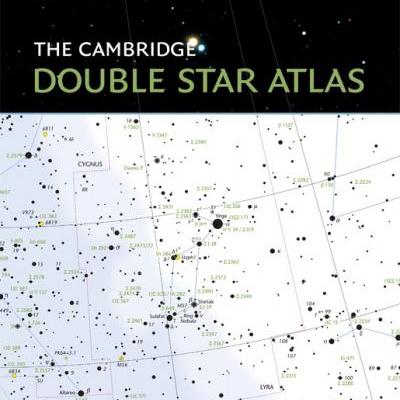You Can Observe Every Night
You Can Observe Every Night
By Bill Pellerin
Houston Astronomical Society
GuideStar Editor
On December 18, 2010, the Saturday night before the full moon that became the total lunar eclipse (that I didn’t see because of the clouds) I did some visual observations of interesting stars. In particular, these were carbon stars on the new Astronomical League Carbon Stars program. I didn’t expect to see much with the sky as bright as it was, and using a 3” telescope. Most amazing to me was the fact that I was able to see all but one of the stars on my observing list for the night. That is, I could see 7 of them, but not the 8th. Not bad. The fact that the sky wasn’t totally dark meant that the brighter star patterns were easy to see and match to the star patterns on the maps on my computer.






